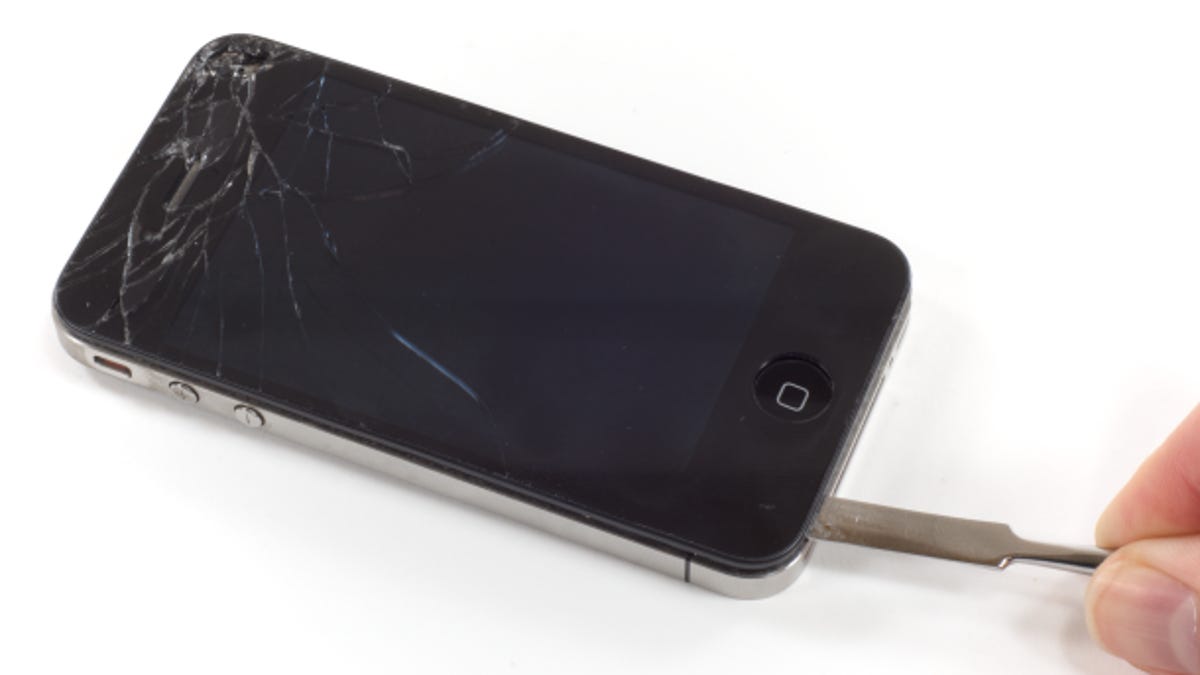Drop an iPhone? Apple's patent filing comes to the rescue
A newly published patent application suggests ways to protect a dropped iPhone by controlling where it lands or even slowing its descent.

iPhone owners who drop their phones could avoid serious damage if an Apple patent filing ever results in real technology.
Published today by the U.S. Patent and Trademark Office, an Apple patent application dubbed "Protective Mechanism for an Electronic Device" describes a couple of methods to help a dropped iPhone or other electronic device better survive its fall.
In one method, on-board sensors would detect how far and how fast the phone is falling and reorient its position. As such, the phone would actually be rotated mid-flight to land on a more durable spot, such as its edge or back, rather than on a more fragile location, such as its display screen.
To achieve this feat, the phone would be equipped with a "protective mechanism" that might use a canister of compressed gas to alter its orientation.
As the patent application describes it:
In one example, the protective mechanism is configured to alter the device orientation as the device is falling. This may allow a less vulnerable portion of the device to impact the surface at the end of a freefall. For example, the protective mechanism may be activated to rotate the device so that it may impact a surface on its edge, rather than on a screen portion.
In another method, the descent of a falling iPhone could actually be slowed, almost like a parachute slows the descent of a skydiver. To pull off this trick, the protective mechanism would trigger an airfoil that would lessen the velocity of the device and cushion the blow once it reaches the ground.
"In this example, the air foil may help to reduce the force of impact as the device hits the surface, as the momentum of the device may be reduced (as the velocity of the fall may be reduced)," the patent application explained.
The patent filing mentions the iPhone by name but also extends the concept to smartphones in general, tablets, laptops, portable music players, and digital cameras.
Apple applied for the patent on September 16, 2011.
It's hard to envision a falling iPhone sprouting air foils or carrying compressed gas to ensure a softer landing. Apple certainly would face challenges stuffing all that technology into such a small device. But the concept is intriguing, especially for all those iPhone owners whose slippery fingers have resulted in a cracked screen.
(Via AppleInsider)
Clarification at 6:50 a.m. PT: The name of the company that filed the patent has been fixed in one sentence.

